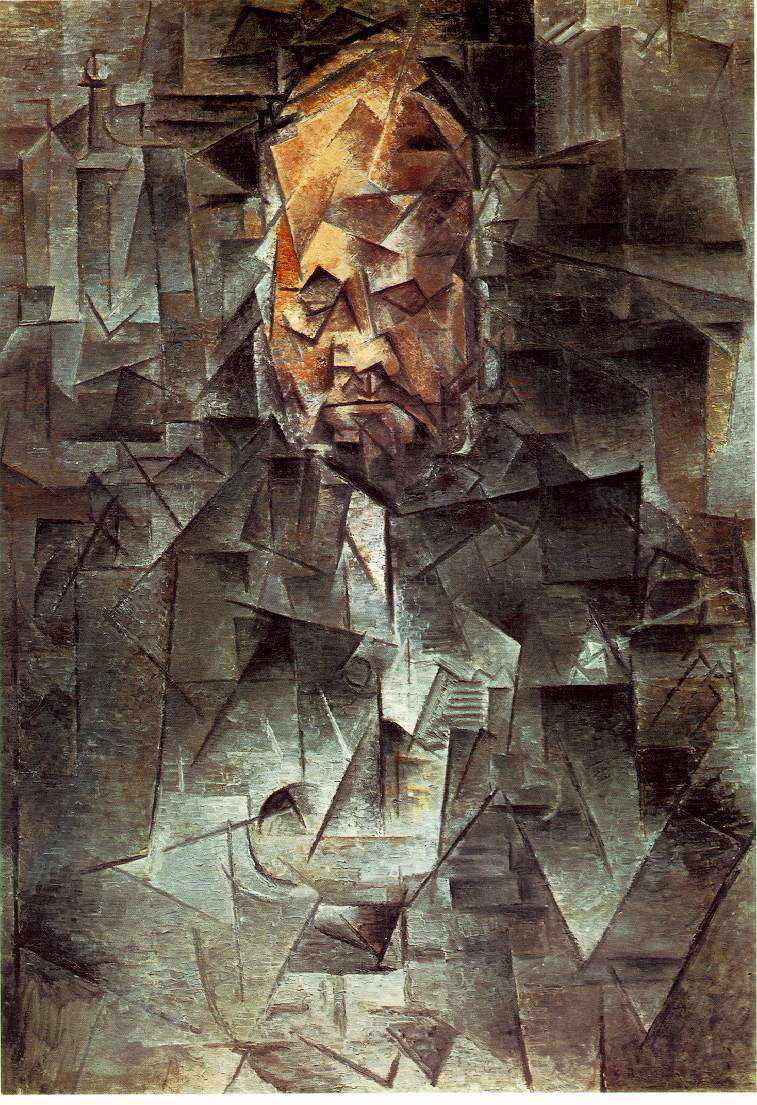

Originally, he’d painted a red tear on the woman’s face, but ultimately decided not to keep it. Picasso didn’t want to distract from his message by including color, so he eventually made it all stark white, black, and gray. We already know about the event that led Picasso to create this painting (the bombing of Guernica) but he mixed in a lot of symbolism as well, conveying deeper meaning for both himself and the Spanish people.įor our in-depth analysis of Guernica, let’s break the painting down into three parts: color and style, symbols, and human figures. Guernica’s primary visual impact comes from its collection of maimed and dying figures, rendered in a stark black, white, and gray on a huge canvas. Ultimately, Picasso-and Guernica-were both incredibly influential in shifting the art world towards modernism and what we now call “abstract art.” Analysis of Guernica While less “geometric” than some of Picasso’s earlier Cubist pieces, Guernica’s flattened, shifting perspectives and simplified color palette are clear earmarks of the Cubist style. These kinds of Cubist artworks-called Analytic Cubism, to differentiate it from a different, collage-style artwork known as Synthetic Cubism-are typically broken up into geometric segments, occasionally separated by angular lines to form divisions between the various perspectives being shown. Picasso and Georges Braque developed this technique and used it to simplify and distill any three-dimensional subject into a multi-faceted, “cubist” shape. Picasso was also greatly influenced by the carved, angular shapes of African masks, an inspiration that can be seen in many of his paintings. While classical and neoclassical artists might to replicate the world exactly as it appears in real life (or some perfected version of it) Cubists like Picasso were open to depicting the world in more abstract ways that offered new, impossible visions of reality.Īt its core, Cubism is a method of painting a person, scene, or object from multiple angles. To really understand Guernica, it’s important to understand how Cubism differs from other art movements. Yet this type of warfare soon became commonplace-proving that, in its own way, Guernica was nothing short of prophetic: a painting that perfectly encapsulates the inhumanity and horror of modern war, and stands as a timeless warning of what mankind is capable of. Certainly the bombing was an atrocious act of violence-Guernica was a civilian town, deliberately targeted by the Nazi Luftwaffe on behalf of their ally, General Francisco Franco, who was leading the rebellion against the Spanish Republic. It’s hard to say whether the bombing of Guernica would have gained such international attention without Picasso’s painting drawing attention to it.

MoMA continued to display the massive painting in various US cities and around the world for almost two decades-helping to turn Picasso and Cubism into household names. When World War II began in 1939, Guernica left Europe and was sent to New York’s Museum of Modern Art for safekeeping. After being displayed at the 1937 World’s Fair in Paris, Guernica went on a two-year “world tour” to encourage anti-fascist sentiment and raise funds for the troops of the Spanish Republic.

It was a shocking painting, both for its modern, Cubist style and for its haunting subject matter. The genius of Guernica is that it successfully combines dreamlike (some might say nightmarish) elements of Surrealism with the multiple-perspectives of Cubism. As his fame grew, Picasso explored a variety of artistic styles, drawing often from Cubism (which he created with Georges Braque) and the Surrealist movement epitomized by Salvador Dali and his famous “melting clocks” painting. for those who saw it in 1937, with international tensions running high and World War II looming on the horizon, Guernica struck home like a bolt of lightning.Īt the time, Picasso was in his mid-50’s and living in France rather than Spain, the land of his birth. Its monochromatic color palette, intense contrast, and large, violent images are visceral, compelling, and unforgettable even today. Created as an anti-war protest piece in response to the 1937 aerial bombing of a small town in northern Spain, Guernica quickly became one of Pablo Picasso’s most-recognized Cubist paintings-and for very good reason.


 0 kommentar(er)
0 kommentar(er)
